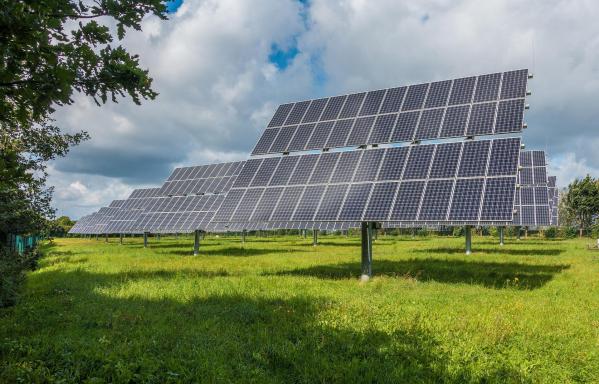Solar Energy: US Boosts Production
- June 21 2022
- 3 min read
Solar Energy: US Boosts Production

Latest news shows that the Biden administration has made a push for growth to the US solar energy industry.
New developments are seeing solar projects get back on track. This action lines up with the US’s goal of 100% clean energy by 2035.
What's halted solar energy growth in the US?
We've seen limited growth of solar energy in the US recently due to ongoing investigations into trade-law violations.
China dominates the market for solar materials, as the country can sell at much lower costs than elsewhere. Many of the large-scale solar energy projects across the US source their materials cheaply from China to keep expenses down.
Cheaply importing materials from China means US companies in the Solar Industry suffer. It's impossible for them to match prices for products such as silicon.
In 2011, the US imposed tariffs on cheap solar energy materials from China. This was to help support US companies compete in the market. Unfortunately, many Chinese manufacturers then set-up companies in other parts of Southeast Asia to avoid paying these tariffs.
Investigations into companies in Vietnam, Malaysia and Thailand have halted the growth of US solar energy projects by preventing the import of cheap materials.
New pause on solar tariffs: what does this mean?
On Monday 6th June, the Biden administration announced that they’re pausing all tariffs on imports for solar energy materials.
Whilst this means that solar energy projects across the US can continue as planned (with the aim of providing enough electricity to power an additional 1 million homes by the end of the year), it also comes with a side dish of controversy.
Where tariffs are no longer an issue, the companies who are under investigation for breaking US trade-law are getting a ‘free-pass’ to sell at low prices to the US. This is the opposite of what US companies within the Solar Industry are asking for. These companies would instead like to see tougher regulations around cheap imports of solar materials.
However, the administration has also implemented the Defense Production Act toward solar energy for the first time. This means US companies in the solar energy field (such as REC Silicon and Ferroglobe) are getting funding and power to increase manufacturing. In turn, this will increase the amount of solar materials made in the US.
How other industries can join the movement
The US is determined to reduce carbon emissions significantly over the next 10 years. As such, it’s useful to look at ways businesses outside of the solar energy sector can join the movement.
Through sustainable pathways, businesses selling products across the US can help reduce their carbon footprint. One example is using recycled plastic goods, such as offering customers reusable bags instead of single-use plastic. Another option is encouraging environmental growth and diversity by switching over to seed paper for bulk items like product tags.
Gain access to Orders, Tracking, Custom Options and Much More!